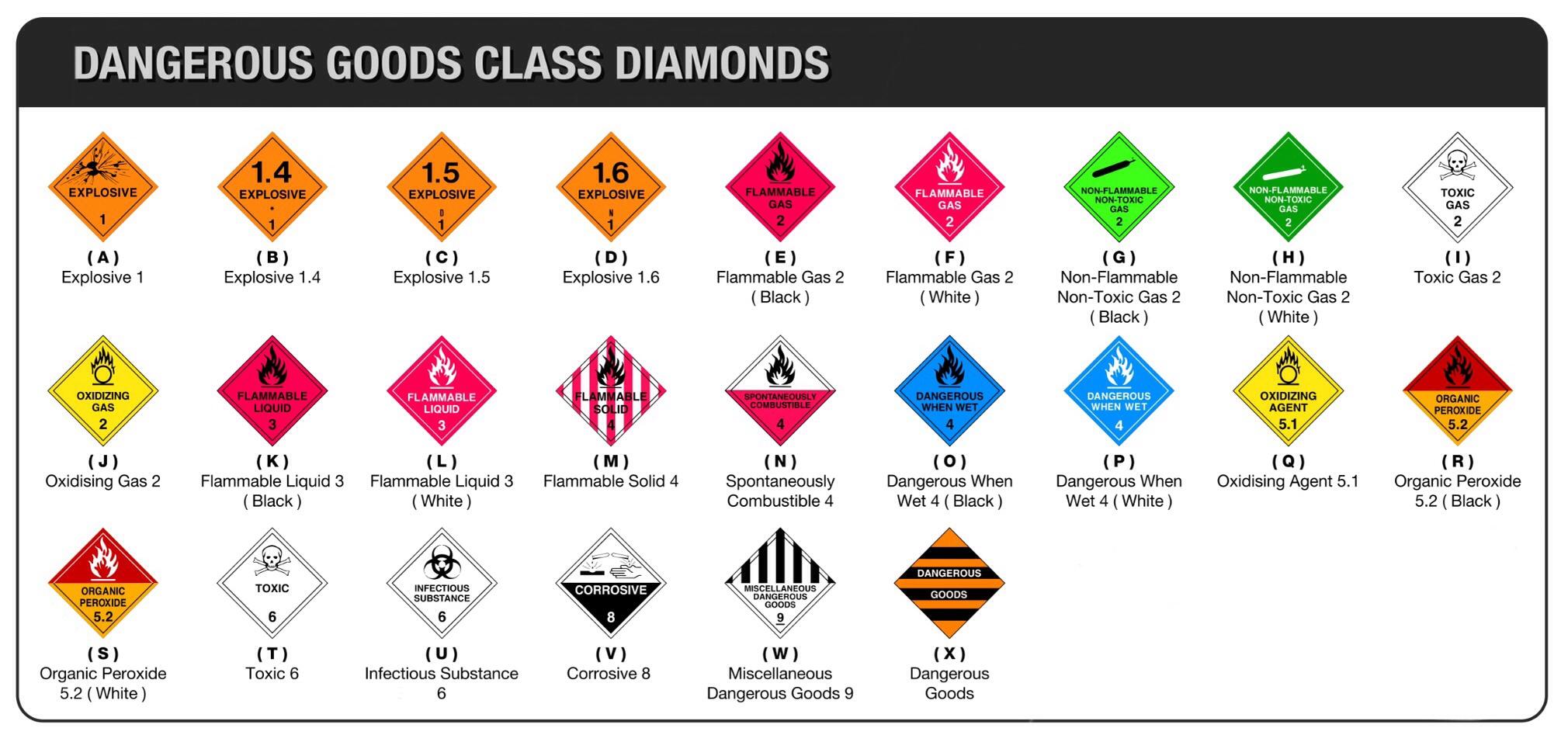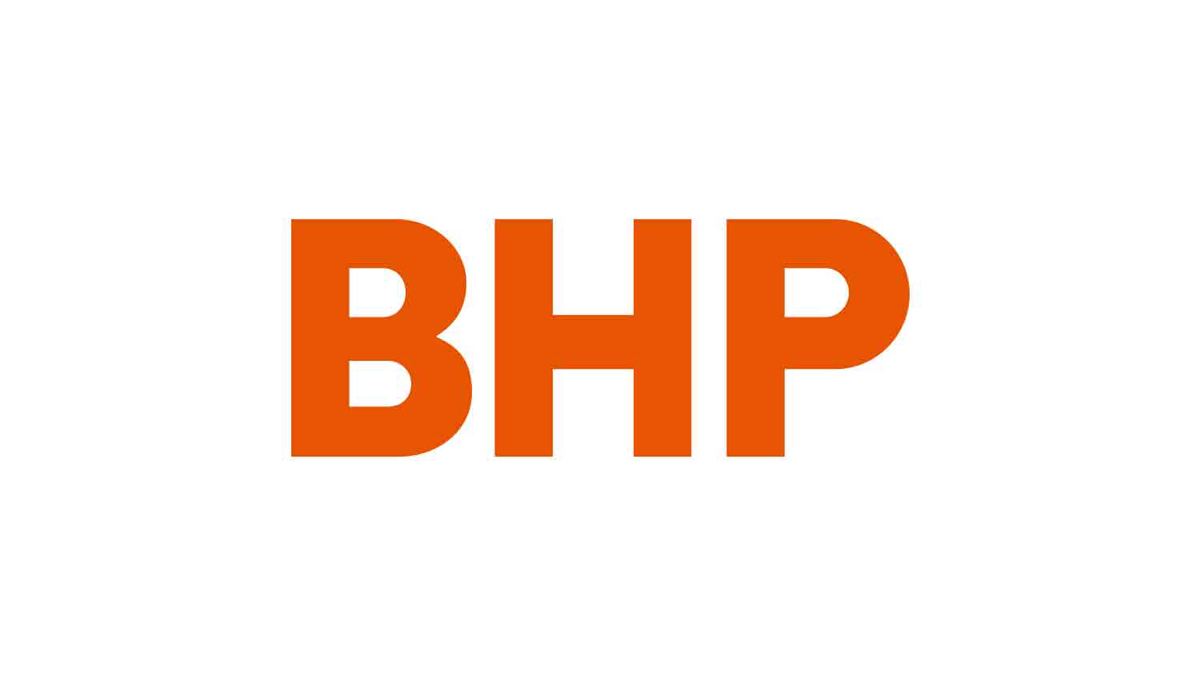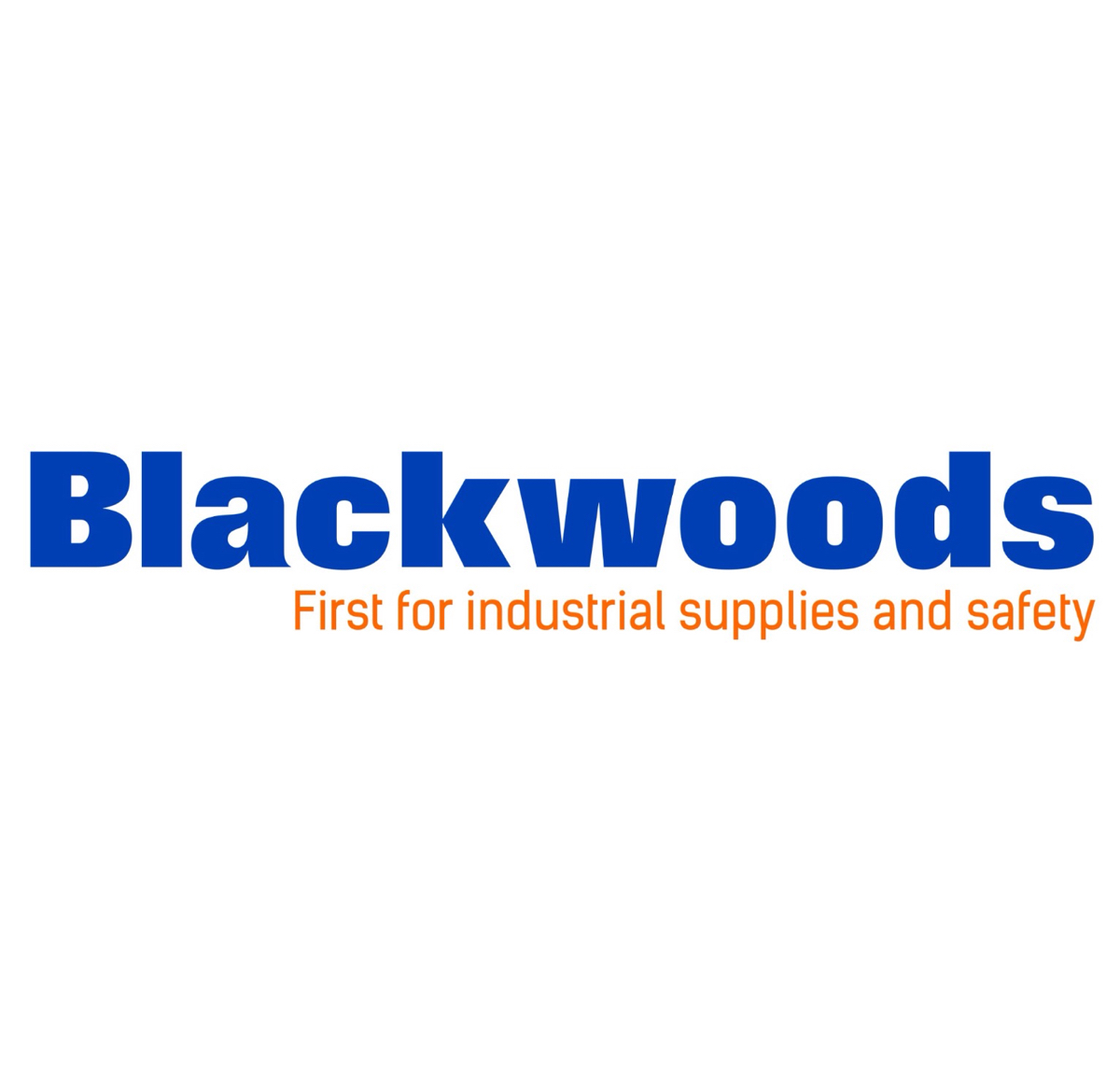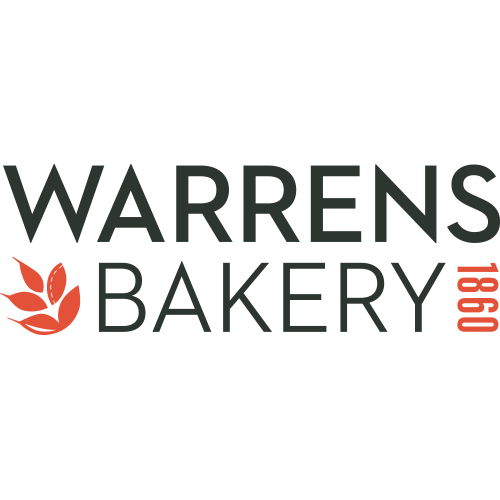Information
-
Document No.
-
Audit Title
-
Client / Site
-
Conducted on
-
Prepared by
-
Location
-
Personnel
-
SIGN STANDARDS
In Australia, there are several Standards that cover the design and correct use of
safety signs in the occupational environment to warn employees of potential safety hazards, provide emergency information and to regulate and instruct employees in the correct behavior to be followed in a specific work environment.
AS 1319:2004 Safety Sign for the occupational environment
AS 1742:2003 Manual of uniform traffic control devices
AS 2293:2005 Emergency escape lighting and exit signs for buildings
DANGEROUS GOODS
-
Dangerous Goods/Hazchem Signage - Internationally recognised to identify whether substances are flammable liquids, toxic substances, corrosive substances or other class of dangerous goods which requires special care in handling and storage.
-
Are Dangerous Goods stored or handled on the premises?
-
Is adequate Dangerous Goods placarding displayed and in good order?
-
Add part numbers or description and quantity of the signs required below.
-
-
Use this link to access your Protector Alsafe website to assist with full range of sign types and part numbers.
http://protectoralsafe.com.au/search?q=Diamonds
MANDATORY
-
Mandatory Signs - Indicate that an instruction must be carried out and includes a symbolic shape (white image on a blue disc) and black text.
-
Are employees and/or visitors able to clearly identify what PPE is required in certain areas or all areas of the worksite?
-
Add part numbers or description and quantity of the signs required below.
-
-
Use this link to access your Protector Alsafe website to assist with full range of sign types and part numbers.
http://protectoralsafe.com.au/search?q=prosafe+mandatory
















